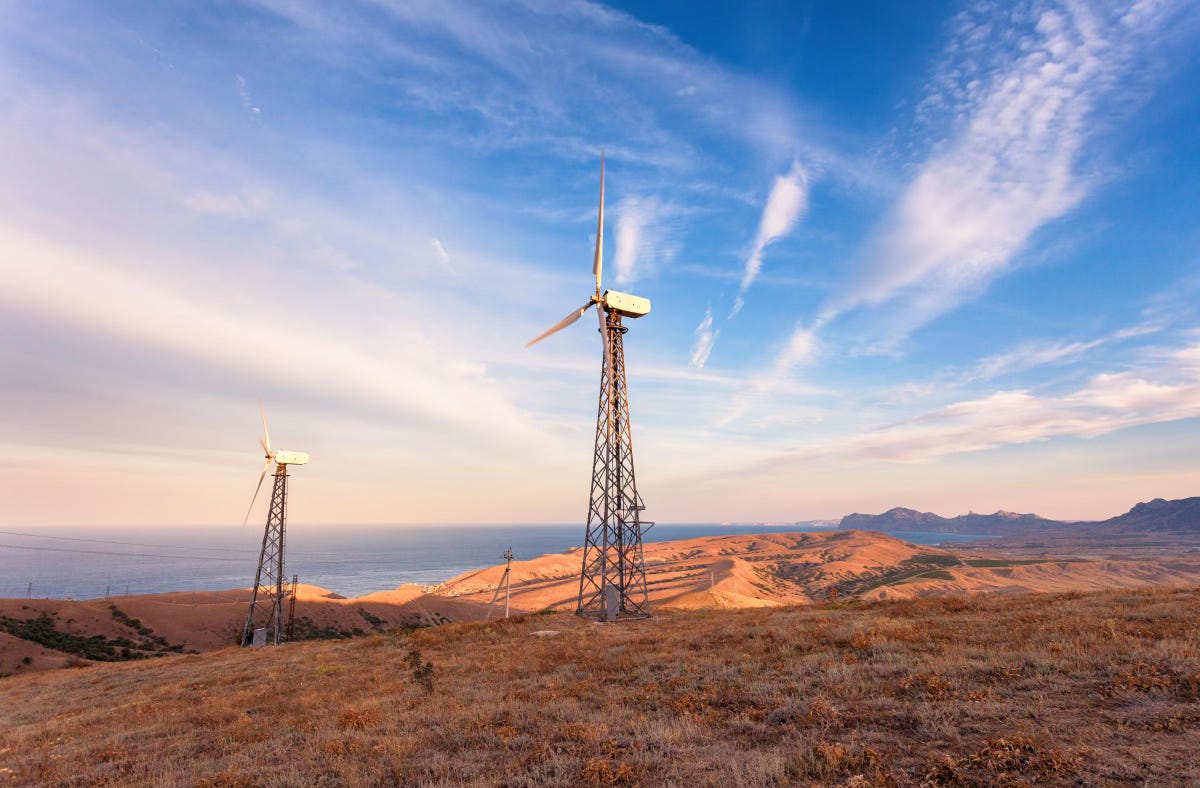
This is not a good day to be Ed Miliband. Indeed, it hasn’t been for the past week. The reason is simple: we’re in dunkelflaute, a German expression which means something like “dark doldrums” or “dark wind lull”. In prosaic terms, it means the sun isn’t shining and the wind isn’t blowing. If you’re betting the house on renewable energy, you’re likely going to be feeling very queasy. Luckily, the UK national grid has a simple answer: burn gas and import power which is exactly what we have been doing.
Over the past week, we’ve been getting just 12% of power from renewable sources. The rest has come from gas, nuclear, biomass and has been imported, mostly from France. It’s not cheap either: we’ve been paying £100 per kilowatt/hour which is getting towards 50% of the long-term average. The good news is that the coming week looks a bit more positive.
This latest episode of dunkelfluate has produced a predictable reaction; across social media and in some newspaper columns, the usual suspects are spouting the usual stuff about renewables not looking so clever right now. And they have half a point – right now, renewable power does look a bit daft at 12% of a grid that Miliband says he’s going to decarbonise by 2030.
In this week’s Sunday Times, Dominic Lawson has written about how blackouts caused by this decarbonisation drive could sink the Labour government at the next election. Lawson, in line with other columnists, also mentioned a report by the National Electricity System Operator published this week that has some very heroic assumptions about how the grid can be decarbonised by 2030 and argued that Miliband and the government are taking voters for fools. Well, maybe.
Unfortunately this is a dialogue of the deaf. The sceptics are right about the inconvenience caused to renewables during dunkleflaute but they never, ever write articles that praise renewable energy when the wind blows for weeks on end either. By the same token, Miliband never acknowledges that the national grid is completely reliant on gas power stations for backup and says, again and again, that we will meet his 2030 target which involves doubling onshore wind, trebling solar and quadrupling offshore wind in less than six years.
It cannot be said too often that this not going to happen: we can’t install enough turbines or solar panels in time; indeed, we likely can’t source enough turbines and solar panels in time; battery technology is not advanced enough to be able to deal with weeks of dunkelflaute; and we wouldn’t be able to install enough battery storage to deal with weeks of the weather we’re currently experiencing. So, whatever anyone says, in 10 years’ time, the UK will still be burning lots of gas to keep the lights on. The economic and electoral costs of failing to do so are too high.
Ed Miliband is an intelligent man, and he must know this to be true – so why is he sticking to a plan that he knows is going to fail? First, he must think that, even if his mission fails, it’s worth it for the progress that we will make along the way. Second, he wants to make sure that anything he does is irreversible. Third, he clearly thinks the mission is so critical that he has to emphasise urgency at all times. Fourth, he’s already been a political failure during his time as Labour leader, so is likely inured to future failure in this role too. In some ways, it’s admirable. If you believe in man-made climate change, then this is the right policy response.
And yet there’s more that the Labour government could do especially around demand and, believe me, demand is something we’re going to hear a lot about in the future. With Electric Vehicles (EVs) becoming more popular and with datacentres required to support our wholly digital life, it’s time for all of us to think about how and when we use power. This is about managing a system that is going to get hungrier and hungrier for electricity and how all of us need to be more flexible in our use of energy. Miliband wants to revolutionise our national grid through renewables, but this is a revolution that’s going to happen anyway as demand soars.
We currently have peak capacity of around 45 GWs. The forecast for 2030 suggests something in the region of 150 GWs of capacity split across gas, onshore and offshore wind and solar. So get used to seeing cables, pylons, transmission lines, batteries, wind turbines, solar farms and small nuclear reactors everywhere across our green and pleasant land. Dunkelflaute or no dunkelflaute, it is Ed Miliband making space for this revolution in infrastructure that will make him a consequential politician at last.
